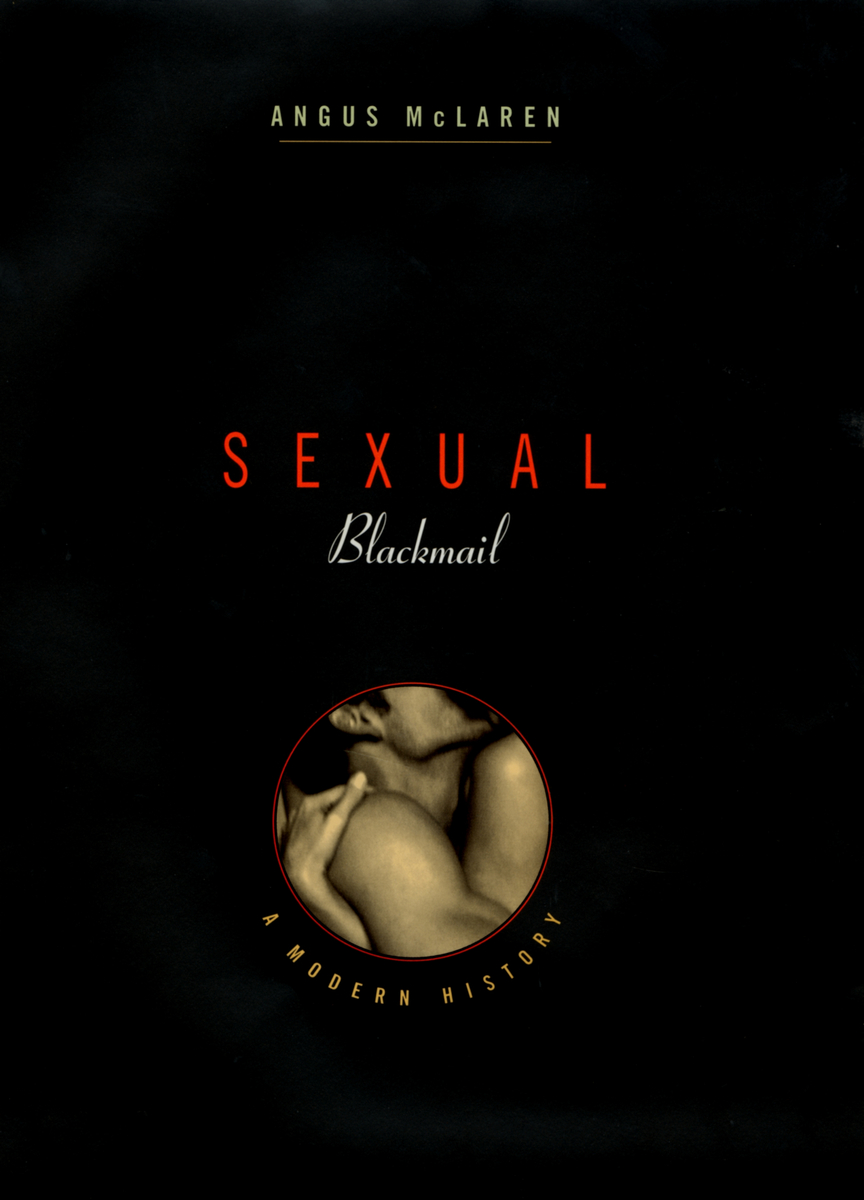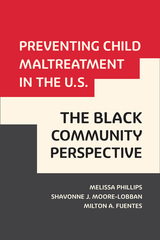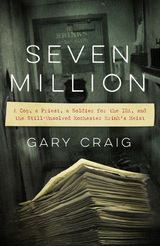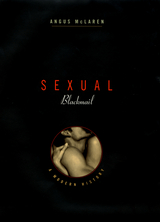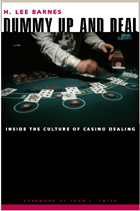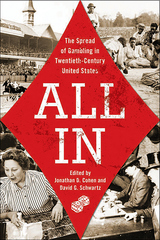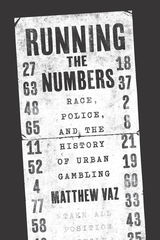This book brilliantly explores the parallel historical expansion of sexual propriety and blackmail, the one making the other profitable until the onset of modern sexual tolerance put the blackmailers out of business. McLaren writes first-rate comparative legal and sexual history with wit, erudition, and considerable doses of irony.
-- Robert A. Nye, Oregon State University
Sexual Blackmail is an original, timely, and illuminating study of a pervasive sexualized and criminalized cultural practice. McLaren offers a riveting narrative, with arguments supported by rich, evocative, and illustrative examples. A superbly written and finely researched history of a fascinating subject.
-- Judith Allen, Indiana University
By culling examples from the New York Times and the Times of London, legal reports, film TV and tabloids, McLaren shows not just how sexual blackmail reflects social mores, but also the ways in which sexual deceit and secrecy have affected legislation...The book tracks sexual blackmail from repressive Victorian times to today, when exposure of sexual secrets if far less damaging...Deftly organized and full of gripping facts and critique, Sexual Blackmail makes reading history a wicked indulgence.
-- Lily Burana Washington Post
The central premise of this carefully researched volume is that sexual blackmail--the attempt to extort money by threatening to expose sexual secrets--has a past. McLaren...has delved extensively into court documents and news archives to furnish hundreds of examples of his subject...McLaren's most useful cautionary tale is that blackmail flares up in times when widely practiced sex acts are most stigmatized.
-- Publishers Weekly
McLaren...offers a fascinating account of blackmail in England and America, showing that it both reflected and influenced society's sexual values.
-- Deirdre Bray Root Library Journal
One suspects that an examination of sexual blackmail in the United States and Britain must reveal a great deal about differing attitudes to sex in general, and indeed Angus McLaren's Sexual Blackmail--which addresses these two countries alone--does constitute a fascinating comparative study of sexual values...An excellent history: vividly argued, richly textured, widely focused and thought-provoking.
-- Sarah Bakewell Times Literary Supplement
McLaren's book is a fascinating account of shifting power relations, influenced by largely unconscious assumptions about class, race and gender...It is a powerful reminder of a vanished world in which desperate women and gay men were persecuted, and judicial attempts to police private life were far more corrupting than the practices they sought to prevent.
-- Joan Smith The Observer
A fascinating new study...[McLaren] introduces us to a gallery of persistent blackmailers, like Dapper Dan Collins, who led an American extortion gang 80 years ago...[He] sees the history of Europe and North America through the prisms offered by sexual experience and laws related to sex...McLaren uses the rich material he's uncovered as a way to understand sexuality in modern history.
-- Robert Fulford National and Financial Post
As [McLaren] shows in this meticulous and detailed excavation of a painful history, people suffer doubly when their consensual, private erotic needs are denied or distorted by a hypocritical culture: first by being forced to hide or deny their desires; second by being exposed to the insidious forms of sexual blackmail.
-- Jeffrey Weeks Times Higher Education Supplement
Angus McLaren's book is full of fascinating stories
McLaren argues that sexual blackmail is unique to the modern period
[T]his book provides a wealth of rich evidence that establishes the cultural prominence of stories about sexual blackmail in the years in which sexuality began to take a modern form.
-- Stephen Robertson Journal of American History
Angus McLaren's account of modern sexual blackmail is extravagantly detailed. It confirms the view of legal scholars that sexual blackmail as a crime emerged out of a "sodomite" subculture of the eighteenth century
With increasing acceptance of sexual minorities, and the declining stigmatization of behavior that was hitherto regarded as deviant, McLaren suggests that sexual blackmail has died out.
-- H. G. Cocks Journal of Contemporary History
